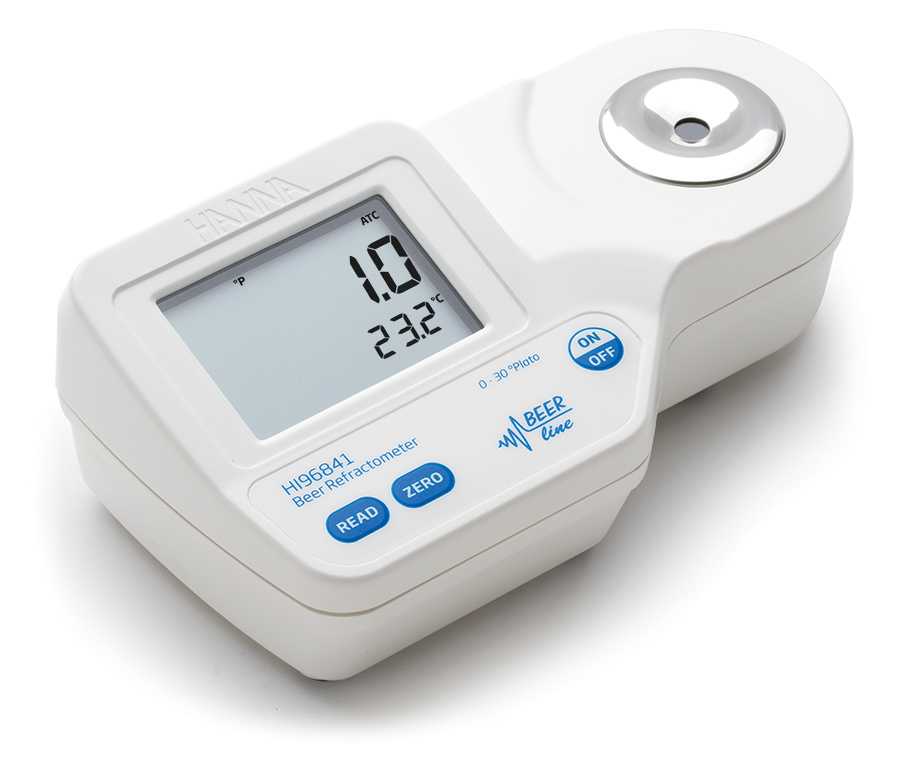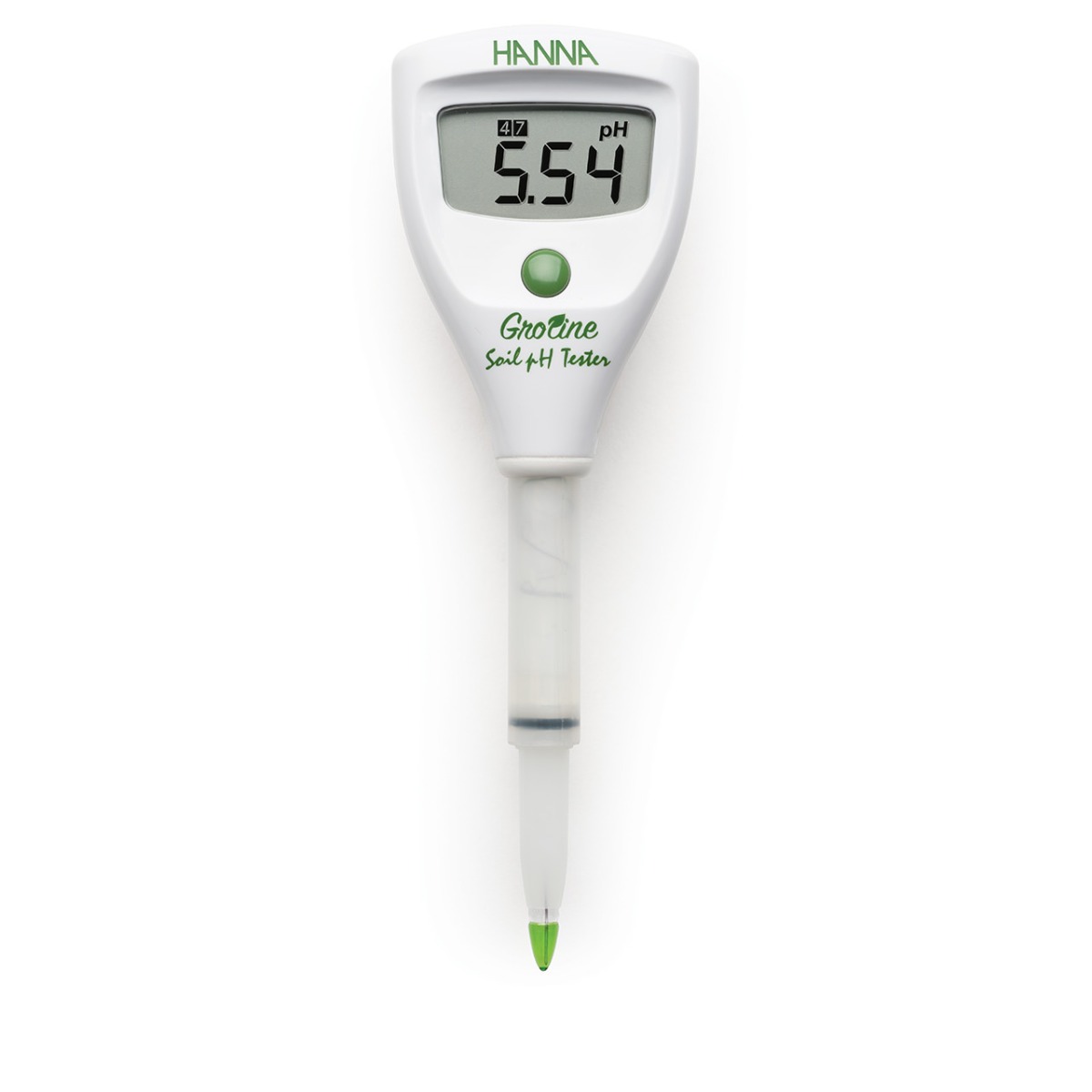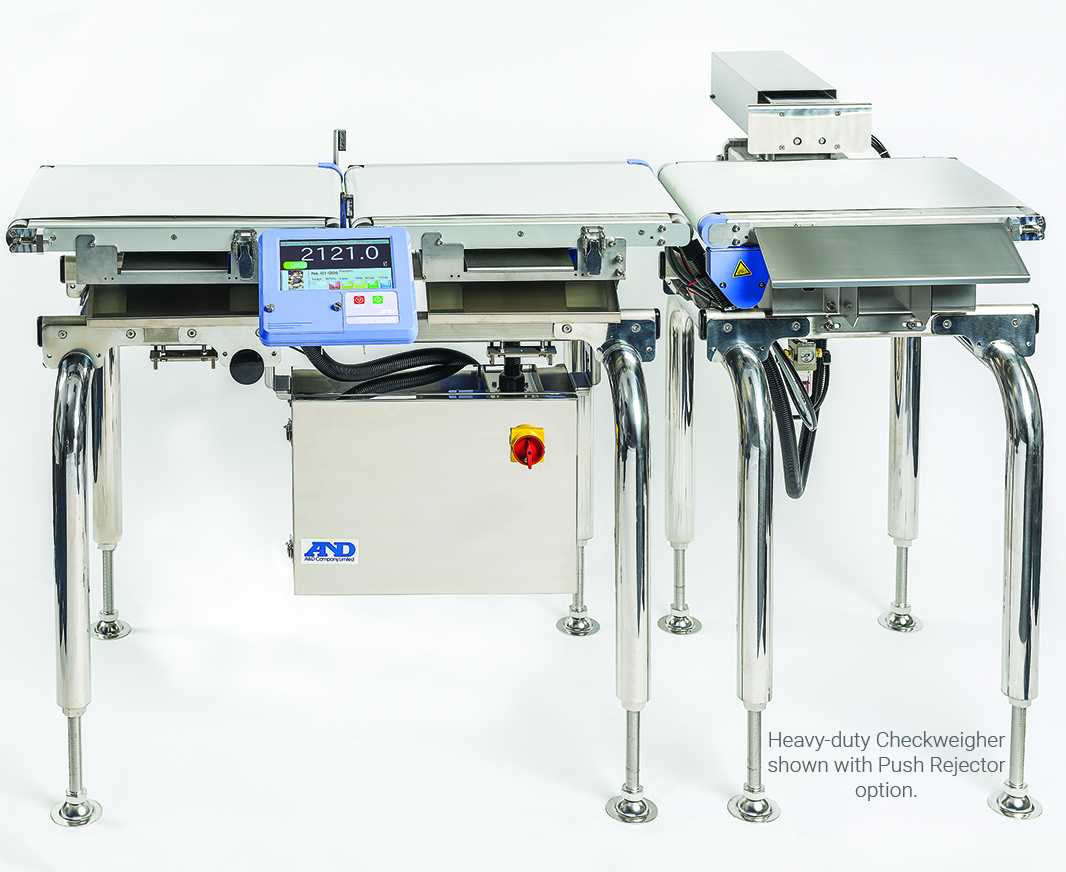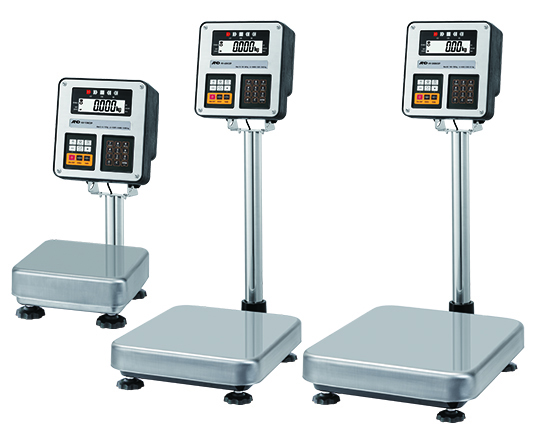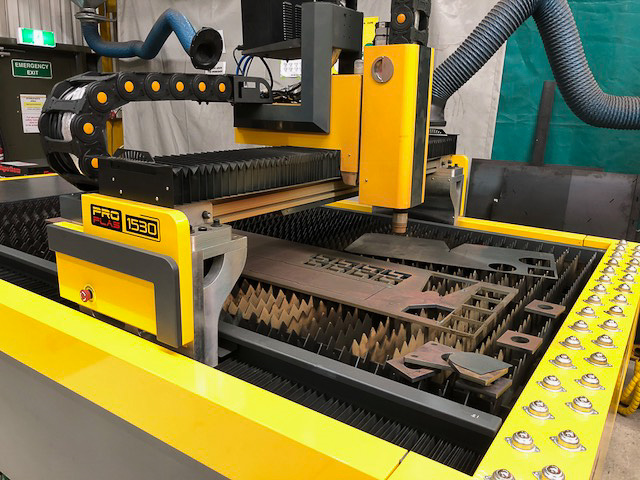What is Refractometers?
Refractometers are scientific instruments that measure the water content of liquids to determine the concentration of a particular substance in it.

They are often used for quality control purposes in various industries, but especially in the food and beverage, and jewelry industries.
Refractometers are also used by those who care for saltwater aquariums to determine the salinity, or by homebrewers to check the specific gravity of the beer.
Properly taking care of your refractometer is essential to ensuring its longevity and maintaining its accuracy.
Keep these in mind when caring for your refractometer:
How often to calibrate refractometers

Calibrating the refractometer ensures that its readings are accurate. You should re-calibrate your refractometer intermittently to make sure that your readings are always accurate. Many people say they calibrate their refractometers three to four times a year, while others re-calibrate it every time before use as the solution and temperature may be changing each time.
How to clean and store refractometer
You can clean your refractometer with a soft cloth that is damp. Wipe the prism and bottom surfaces, and make sure to dry the refractometer after cleaning. In order to properly store your refractometer, you need to find an area that is dry, without any moisture.
Water can damage the refractometer’s internal electronics especially if it’s a digital refractometer. If this happens, you’ll need to take your refractometer to a skilled technician who can fix it for you. You’ll also want to store the refractometer in a place where the temperature is constant because drastic changes in temperature can compromise the optics and prism.

How to know if the refractometer needs to be replaced
It may be time to replace your refractometer if water has gotten inside and has damaged the internal electronics. You can always take it to a technician to get this fixed; however, some may prefer to replace their refractometers once this happens so that the subsequent accuracy is not compromised in any way.
A refractometer may also need to be replaced if it’s been dropped, as the optics and prism could be broken, scratched or displaced. If the readings are no longer making sense without reason, it may be time to get a new refractometer.
Other important tips to keep in mind
Like all precision instruments, refractometers are delicate and you need to handle it with the utmost care to prevent any damage.
It is also important that you use a specific refractometer that is designed to evaluate the solutions you are working with.
At Hanna Instruments, they offer a wide range of digital refractometers for specific measurements: sugar, brix, baume, salinity, NaCI, glycol, and potential alcohol. Their portable, digital refractometers are suitable for accurate analysis in many industries, including food and beverage, aquaculture, wine, and more.
Hanna refractometers are easy to use and durable, ideal for applications at home, in the lab, or out in the field. Features include stainless steel sample well, IP65 protection, fast response time, small sample size (as small as 2 metric drops), automatic temperature compensation, and single point calibration.

View their complete range of digital refractometers on the Hanna Instruments website. If you need assistance to find one that suits your application, contact their team directly.

